Little known facts about the Forbidden City: Is the palace real? Shadows dancing in Thai Hoa Palace?
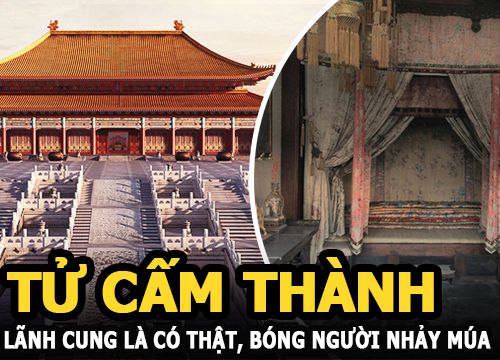
6 | 0 Discuss | Share
The Forbidden City is a palace complex located in Dongcheng District, Beijing, China.
With a total area of 720,000 square meters, the Forbidden City is the largest palace in the world. It used to be the imperial palace, the center of the city, the residence of the emperor and his family from the Ming Dynasty (starting with Emperor Yongle) to the end of the Qing Dynasty, as well as the ceremonial and political center of the government. government of China for more than 500 years. Until now, the Forbidden City has been preserved intact, becoming one of the hottest tourist attractions in Beijing.
The Forbidden City has more than 70 wells, but no one dares to eat or drink
Not only a tourist destination, the Forbidden City also attracts the attention of many people, evoking curiosity about mysteries and confusing stories. One of them is the story of more than 70 wells in the Forbidden City but never used for drinking. In ancient times, wells were very familiar, providing water for people's daily life. However, in the Forbidden City, more than 70 wells only provide water for washing, laundry, watering plants, cleaning tables and chairs, cleaning the house... but never for drinking or cooking. Emperors never used well water to make tea, nobles never used well water for cooking, even palace maids and eunuchs did not drink well water, all for a reason.
The first reason comes from water quality. Originally, the well water in the Forbidden City was not so clean that it was not edible, but it came from humans. In the previous palace, the fighting between the concubines in the harem, between the officials between each other, between the eunuchs of the palace or other forces, maybe even a treason plot, the We can think of all kinds of ways to poison the opponent, but one of the simplest ways is to poison food and water.
Therefore, the royal family and people living in the Forbidden City never dared to use the well water to eat and drink for fear that someone would drop poison here. Not only poison, the bad guys can also drop diarrhea, infertility or abortion pills... down the well, causing unpredictable consequences. Moreover, because the water lines of the wells are interconnected, as long as one well is poisoned, the other wells will also be infected. The wells in the Forbidden City also connect with the Ngu River outside the city. Because this river mainly serves ordinary people, pollution is inevitable. For people of high authority and dignity, it is unacceptable to eat and drink this polluted water.
So where did the drinking water in the palace come from? The answer lies on Ngoc Tuyen Mountain. Accordingly, most of the domestic water in the Forbidden City is taken from Ngoc Tuyen Mountain because the water here is very clean and safe, naturally filtered, never afraid of being poisoned. Besides, there are still other reasons related to the fact that the well water in the Forbidden City is not used for drinking. Due to the old rivalries, fights in the palace, even the silent murders, many bodies of concubines, palace maids or eunuchs were thrown into the well for punishment or funeral. Not to mention the fact that some palace maids, eunuchs or guards have committed suicide in the well because of frustrations or threats from greater forces. Therefore, no one dares to eat or drink water from a well where someone has died below.
One of the legendary stories about this incident must be mentioned "Tran Phi well". This is a well that still exists today and has become a famous attraction in the Forbidden City. History books record, on the night the coalition of 8 countries attacked the Forbidden City, Empress Dowager Cixi was on the run because she did not want to bring Tran consort - who was always opposed to her, so she sent someone to drown her. down the well. The tragedy of Concubine Tran is an example of extremely cruel power struggles in the inner palace during hundreds of years of feudal rule. The wells are considered "grave graves of unwholesome souls" that make people afraid, never dare to use them to eat or drink.
Besides this, the wells in the Forbidden City also have another function, which is to put out fires. In fact, the former Forbidden City was built mainly of wood, which is easy to catch fire or be struck by lightning, causing a fire. It is recorded in the "Ming History" that in the 36th year of Gia Tinh and the 25th year of Wanli, there were big fires in the Forbidden City, causing many palaces to burn down, causing extremely serious damage. . Therefore, the digging of many water wells in the Forbidden City is so that when there is a fire, people in the palace will easily draw water from the well to put out the fire, thereby minimizing the loss of people and property.
The Forbidden City always closes before 5pm
Every day, the Forbidden City welcomes a lot of visitors to visit, can welcome 8 million visitors a year, but this place has a regulation that closes at 5 pm. Many visitors wonder before this problem. When investigating the cause, the closing at 5 pm turned out to be related to an event that happened 61 years ago, that is in 1959. Accordingly, on August 16, 1959, when the employee left patrol as usual, when they arrived at the display of treasures, they discovered the window was broken, some ancient relics were stolen, including the precious book of Empress Nhan Er in the 20th year of Kangxi. of the Qing Dynasty. Moreover, the betrothal, the letter from the Qianlong Emperor, everything was plated with precious gold and could not fly.
Immediately, the police side investigated and caught the culprit through fingerprint identification, which was a man named Wu Qinghui.
This person testified that, after visiting the relics here, when he came to the gallery of antiques, he had a greedy desire to steal. After being arrested, he was sentenced to prison. In the Forbidden City, there are more than 70 large and small palaces, an area can also have up to 9,000 rooms. Some rooms have deteriorated, have not been repaired, and visitors can enter many dangers on their own. Moreover, there are many mysteries in the palace, some places cannot be visited on their own, so visitors need to be careful about the places they intend to go.
To protect the safety of cultural relics and tourists, the Forbidden City has decided to close at 5 pm. This is also a wise decision, because in the Forbidden City there are many precious cultural relics and valuable treasures.
King Khang Hy 1 night to impregnate 9 concubines, at the end of his life received "retribution" for his scandalous love life 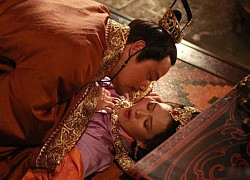 Hà Hà06:38:15 02/11/2021Not only famous for being a wise, wise and meritorious king to rule the country, Khang Hy was also a wealthy emperor, amorous and many love scandals. King Kangxi's real name is Ai Xinjie Luo Xuanye, born in 1654 and died in 1722, is one of the longest-serving kings of the Qing...
Hà Hà06:38:15 02/11/2021Not only famous for being a wise, wise and meritorious king to rule the country, Khang Hy was also a wealthy emperor, amorous and many love scandals. King Kangxi's real name is Ai Xinjie Luo Xuanye, born in 1654 and died in 1722, is one of the longest-serving kings of the Qing...

6 | 0 Discuss | Share

4 | 0 Discuss | Share

5 | 0 Discuss | Share
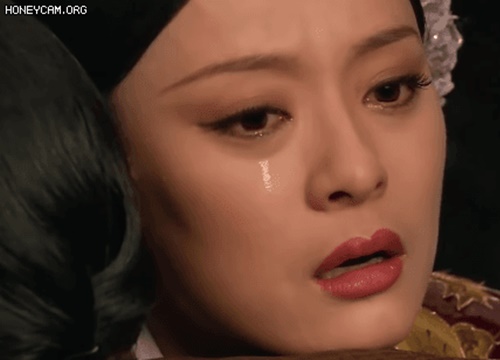
3 | 0 Discuss | Share

2 | 0 Discuss | Share

4 | 0 Discuss | Share

4 | 0 Discuss | Share
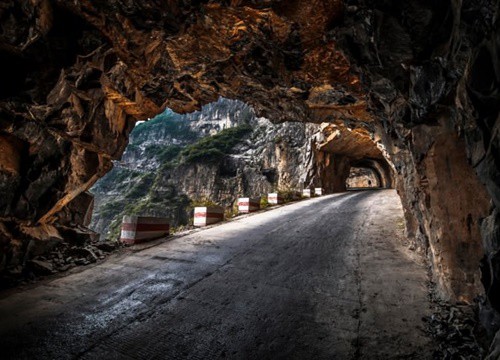
3 | 0 Discuss | Share
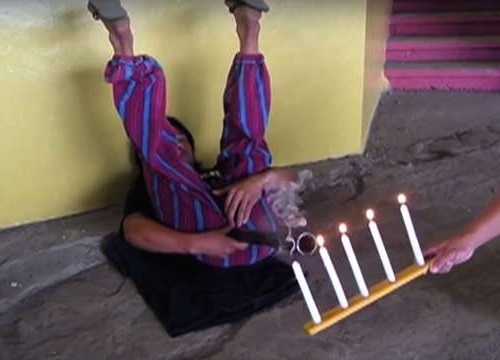
5 | 0 Discuss | Share
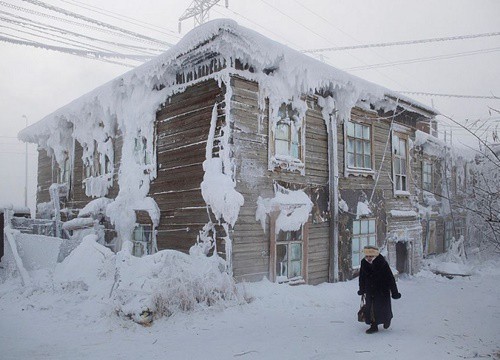
1 | 0 Discuss | Share

3 | 0 Discuss | Share
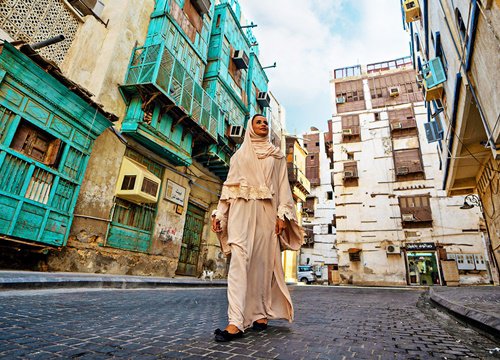
4 | 0 Discuss | Share


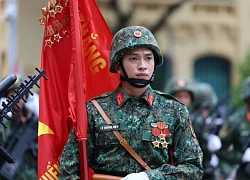


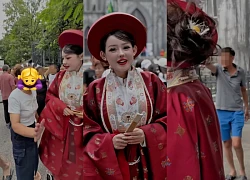




2 | 0 Discuss | Report